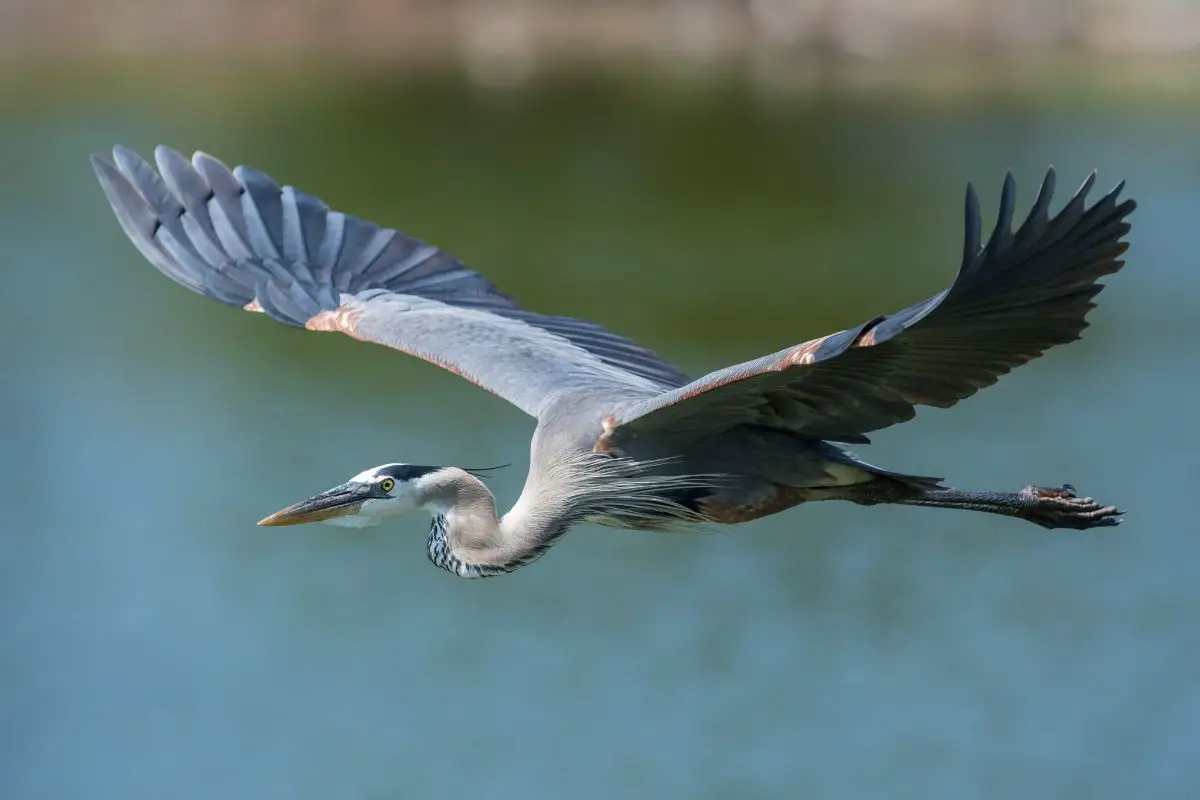
There are many different species of herons, but they are all very similar in nature as one of the most beautiful wading birds on the planet. There is something majestic about their unpredictable call in the dark of night, or the dawn of morning. The wading bird is exactly what it sounds like, but they still have a great love of flight.
This is a bird that is approximately 3 feet in height and weighs just over five pounds and lives between 15 and 17 years. The heron likes their freshwater seas and lakes, but can survive in coastal habitats. These are considered medium sized birds, but are striking with their grey and blue colors.
Long necks and legs are markers of this pretty bird that, prefers to wade but can fly great distances at great speed. Seafood is their most common diet of choice, but the heron also enjoys small reptiles and insects that live near their habitat.
1. The crane is a large wading bird that enjoys water
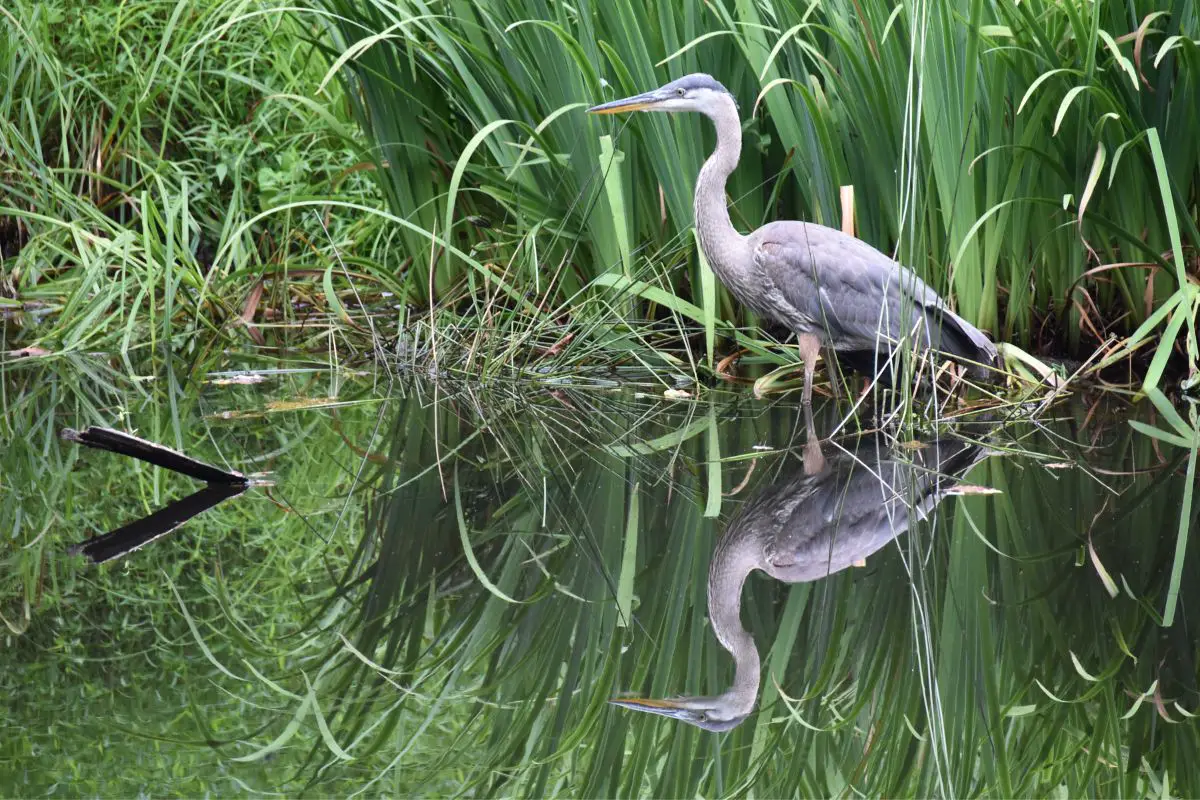
The crane is a large wading bird that is much larger than the heron, but also striking in coloring. Its size tells its prey to stay away, but the crane can outsmart that almost every time. The crane is a wading bird that likes most wetlands, but is not always a fan of the massive waters of the ocean, but that will depend on the species of crane as well.
Shallow waters where the crane can wade and enjoy a quiet day are the favored spots and habitat for the crane. You won’t be able to miss them, at nearly four feet long and wingspan that can reach almost eight feet wide. The bird is also medium in weight for birds with a body weight that averages at around 12 or 13 pounds.
In appearance, the crane has a tan and white feather pattern, with larger bodies and smaller heads which make them look very similar to the heron. Their S-shaped necks are like the heron’s, but they are overall larger than the heron. The crane’s legs are a little bit longer and they have a bill that is much larger than the heron.
2. The egret is a large wader that knows how pretty it is
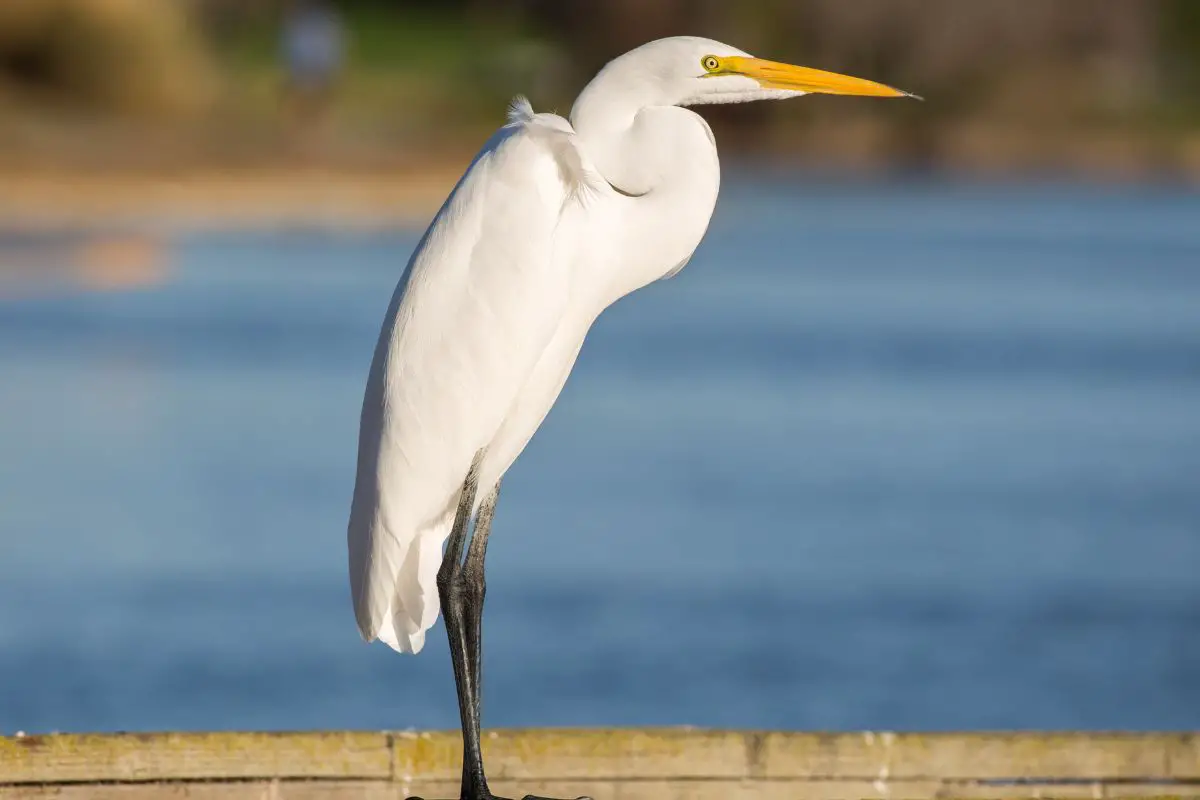
The great egret is not the largest wader on the list, but its greatness comes from its beauty. There are many species of egrets and all are very similar to the heron in size and length. The egret has beautiful long legs like the heron, and a long bill that matches its length in many other areas.
Like other wading birds, the egret does not like large and massive bodies of water, but prefers riverbanks, lakes, ponds, and general wetlands. In size, the egret is three feet in height in most cases and can weigh up to three pounds. It is usually white with a bit of a shaggy look to its feathers.
Like the heron and many other waders, it has a pretty s-shaped neck and large eyes and can live to be up to 22 years.
3. The ibis is a wading bird that wants to share its beauty with the world
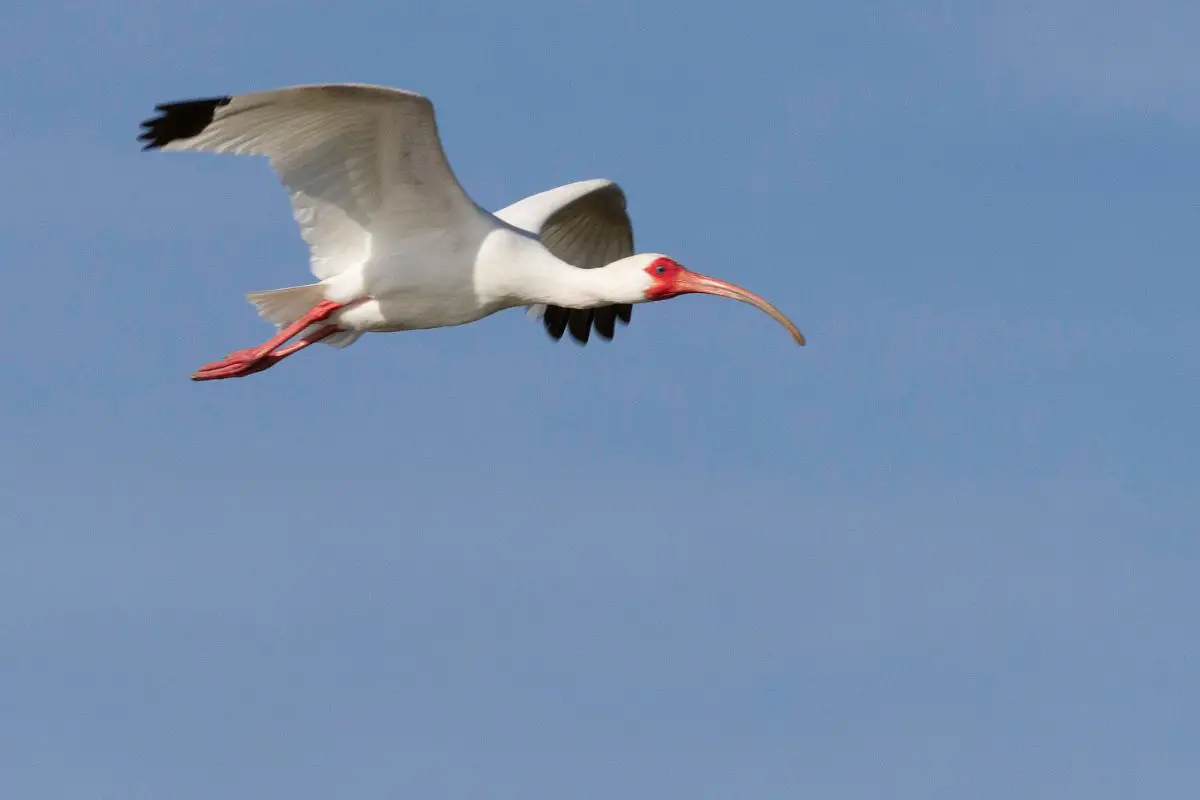
The ibis is a wader like the heron and is also a beautiful bird with a stunning s-shaped neck that stands out in its wetlands. It likes many coastal areas, and doesn’t mind larger bodies of waters such as rivers and estuaries, but a wet pasture or plain will do as well. In size, the ibis is almost four feet in height, and can weigh as much as four pounds, like the heron.
However, there are many different species of the ibis and some are much larger, and much smaller than others. The ibis that lives in North America is overall very white and red markings elsewhere. Its wingtips can be black on occasion, and it is often mistaken for the heron in appearance.
It is much smaller, most of the time, than the typical heron, and its bills curve down whereas the heron’s bill has a straight appearance. The ibis can live up to 27 years.
4. The spoonbill is a wader that survives in a wide range of habitats and loves long walks in the beach
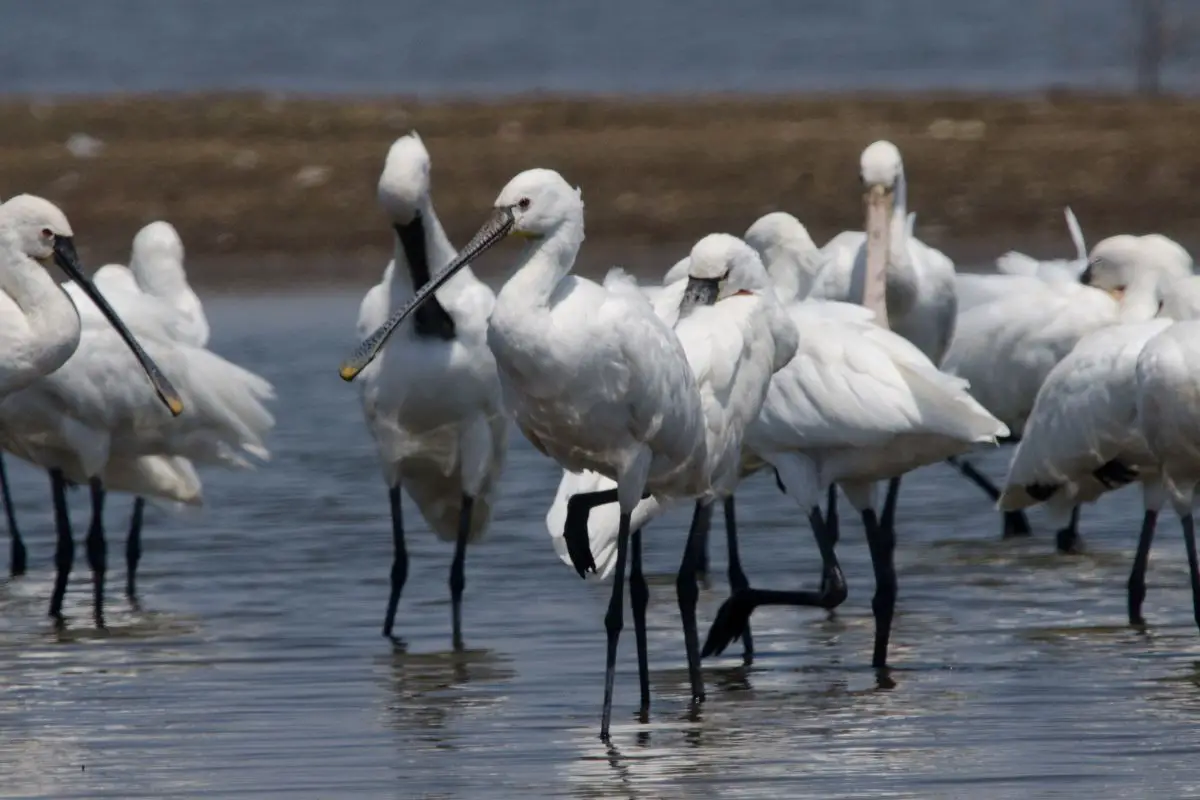
The spoonbill is much like the heron in that it has long everything, and that distinctive s-shaped neck that makes them so striking. Still, it is small in stature and stands at approximately three feet, weighing in at just over five pounds. The spoonbill is also one that enjoys a warmer or more tropical climate, and it is this climate that will maximize its lifespan to go up to or greater than 15 years.
The spoonbill is most commonly found in North America, with greater populations in Mexico, Central America, and also in the Caribbean islands. This is a bird that enjoys the seafood life like the heron, and it looks like the heron in many ways. The spoonbill has a large neck and big round eyes and a pinkish hue to many of its feathers.
The coloring on the spoonbill is much different than the heron, and its bills are long and round, where the herons have a straight and pointy bill for catching its prey.
5. The white stork is large and impressive and carries a great
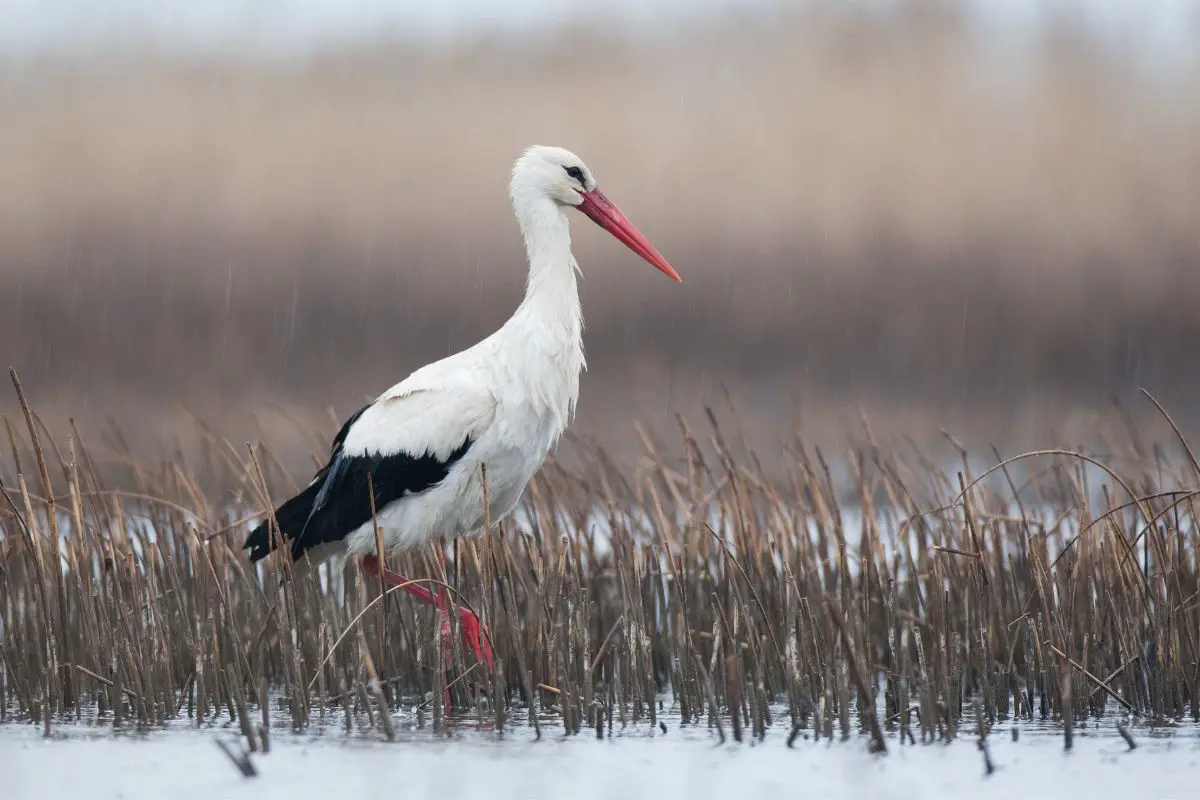
The white stork is a large and impressive bird and shares a lot of physical characteristics with the heron. It has the same s-shaped neck, long legs, and also shares a straight and pointed bill like the heron. The stork is typically white in coloring, and is a wading bird that is most commonly found in Europe, Asia, and Africa, and in some parts of North America.
This bird lives in wetlands and like many other waders, prefers quieter waters. Its height reaches just over four feet, and it can reach up to 10 pounds in weight. The wingspan of the stork can be as wide as eight feet in flight, and unlike the heron, it can live up to 39 years.
This white bird is beautiful with some black markings on the wings. Like the heron its bill is pointy which it uses for its seafood prey. Its eyes aren’t as round and beautiful though, and can take on a slight brown or dull grey color.
It also stands slightly smaller than the heron much of the time, and is a little shaggier in its feathers than the heron.
6. The pelican is an impressive bird with an impressive seafood diet
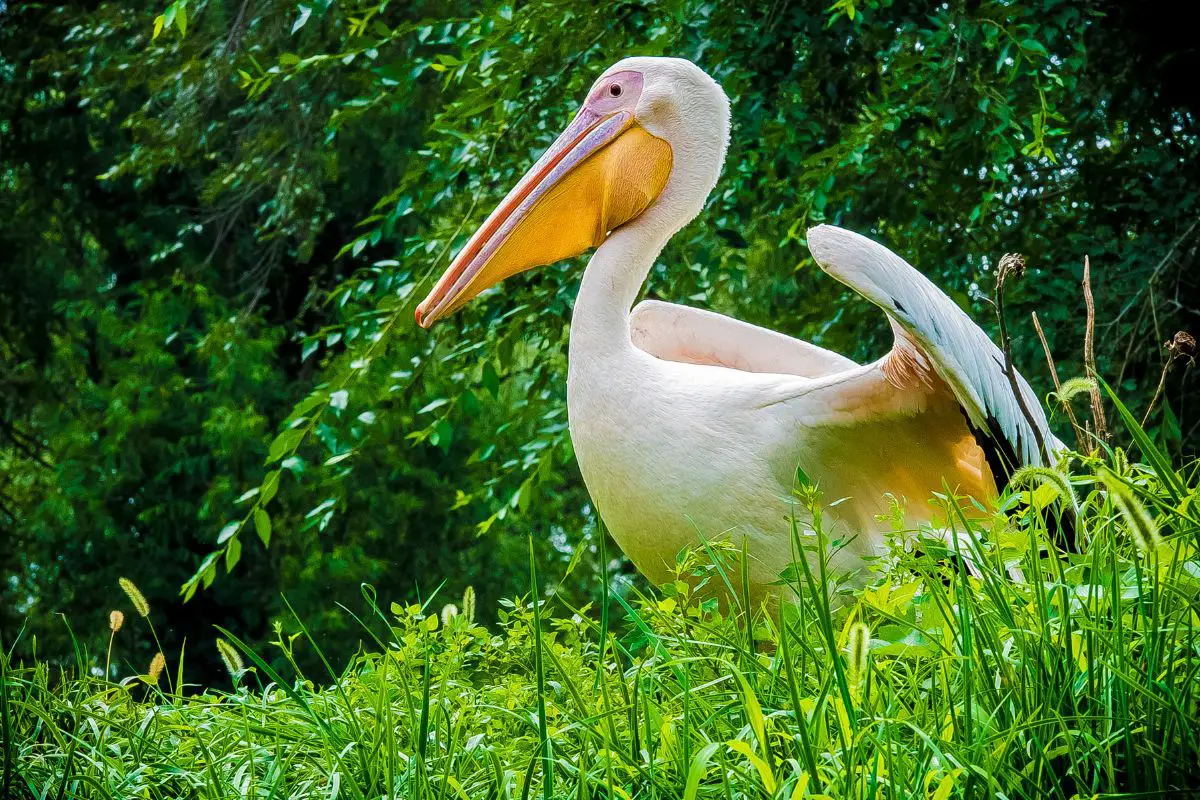
The pelican is a bird that lives in coastal areas, and has large populations in North America. It lives in both Canada and the United States, and likes oceanic coastlines like the Pacific Coast and the Atlantic Coast. It is also known as the official bird of Louisiana, but likes many tropical areas like Saint Kitts and Barbados.
These birds are slightly larger than the heron, and can reach six feet with a wingspan of eight feet. Its weight ranges between eight and 18 pounds, and has largely white coloring with black wings. Like the heron, its neck is s-shaped, but unlike the heron its bill is long and curved.
The wings on the pelican are impressive, and although predominantly a wader, stunning in flight. Their coloring is different than the heron as well, whose grey and blue hues differ greatly from the brown and even maroon plumage of the pelican. The lifespan of the pelican can be as long as 25 years.
This bird typically loves its fish and other sea life, but will eat turtles, and other small reptiles if the opportunity and necessity presents itself.
7. The bittern is a smaller wader that loves America, and insects too
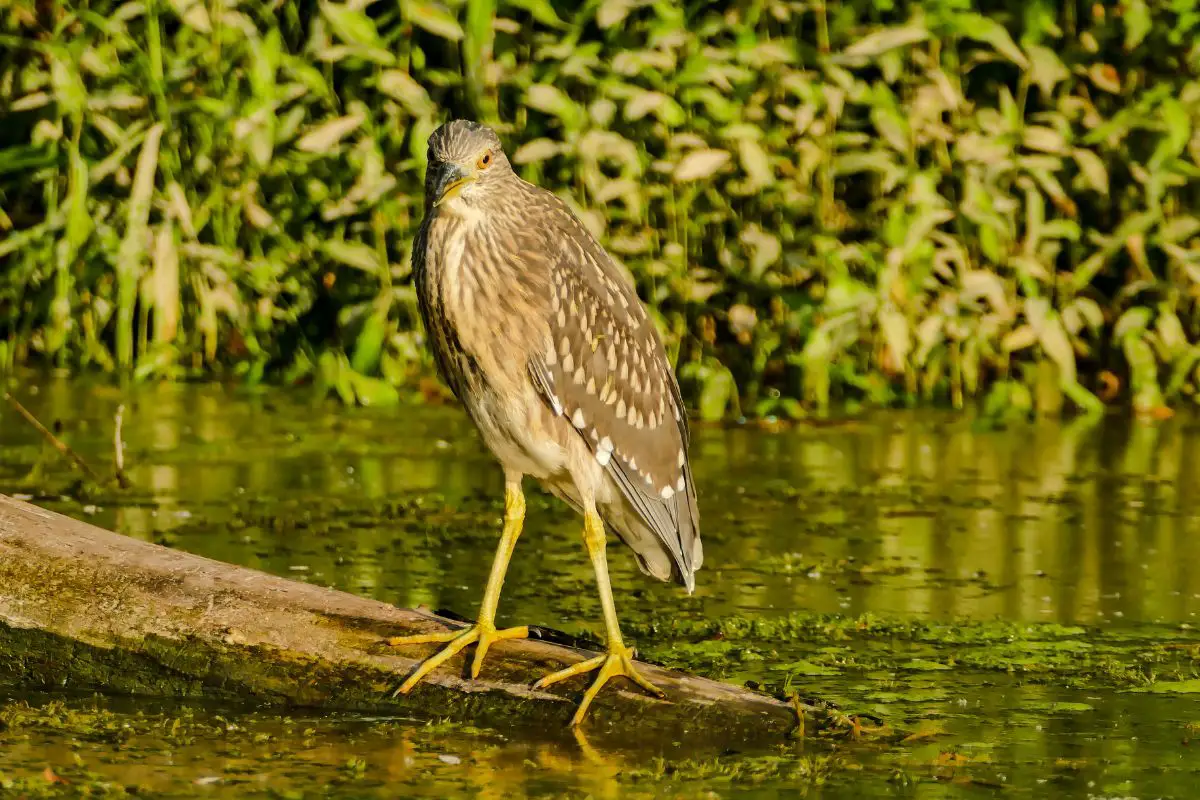
The bittern is a bird that is very much like the heron when it comes to s-shaped features, but it is smaller than the heron and has a wider range of diet that includes insects and snakes in addition to its seafood preferences. The bittern also has a shorter lifespan, and can live up to eight years long. This is a wader that loves North America, and lives largely in Canada and the United States.
It does however enjoy the Caribbean on occasion and can be found in Central America. The size of the bittern is impressive for a smaller bird, can it can be as long as three feet long, but its wingspan is smaller than the heron and spans up to four feet in length. The weight of the bittern ranges from one to four pounds.
The bittern is a bird that is small and has more camouflage than the heron has.
8. The amami woodcock ranges in size and likes both forests and wetlands
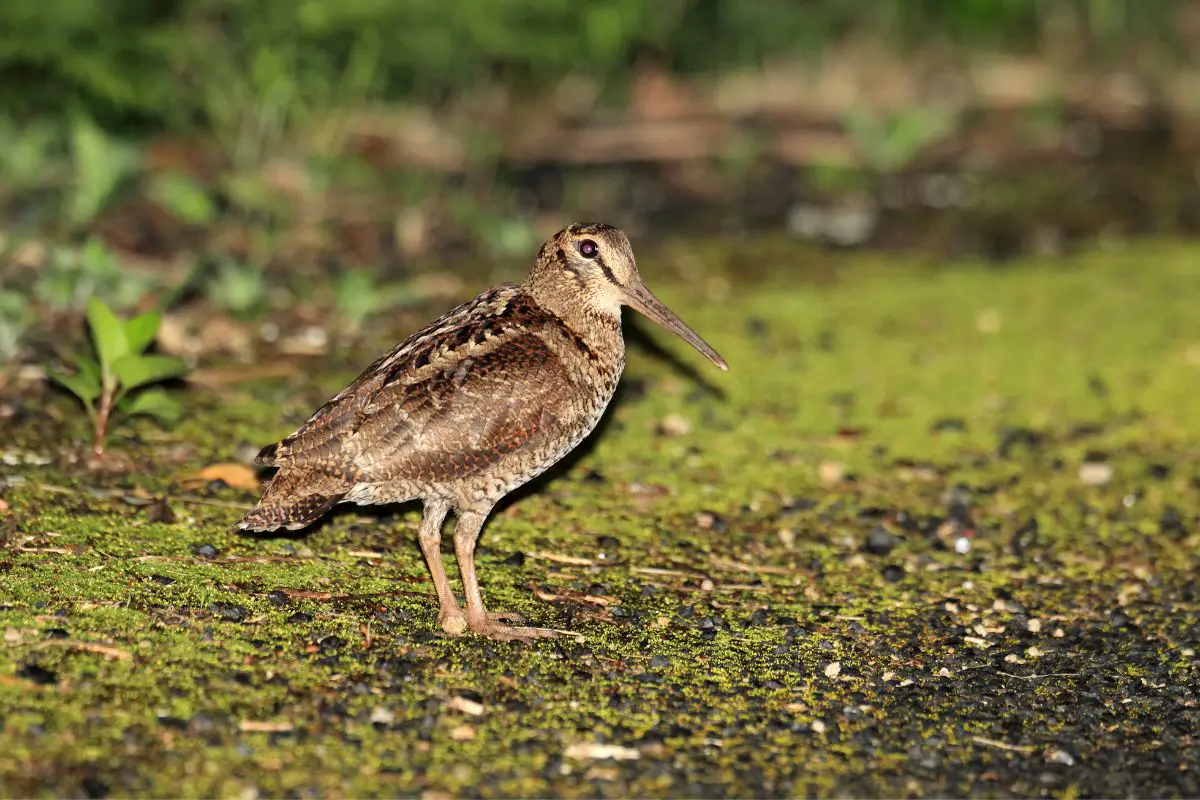
The woodcock is an interesting bird that enjoys a wide range of habitats, and this is one way it differs from the heron. It can be as long as two feet, but can stand as high as five feet in some species. Overall however the woodcock is a smaller bird than the heron, and rarely weighs more than one pound.
The females are the larger of this species and are also typically the hunters. Unlike the heron, the woodcock enjoys both forests and wetlands, and can live in almost any habitat. It prefers regions where it can hide, but doesn’t live longer than a few years.
Like the heron, it has a very long and pointy beak, and this may be how you can identify it on occasion. Its favorite foods are worms and other insects.
9. The red necked phalarope is a smaller wader with beautiful plumage
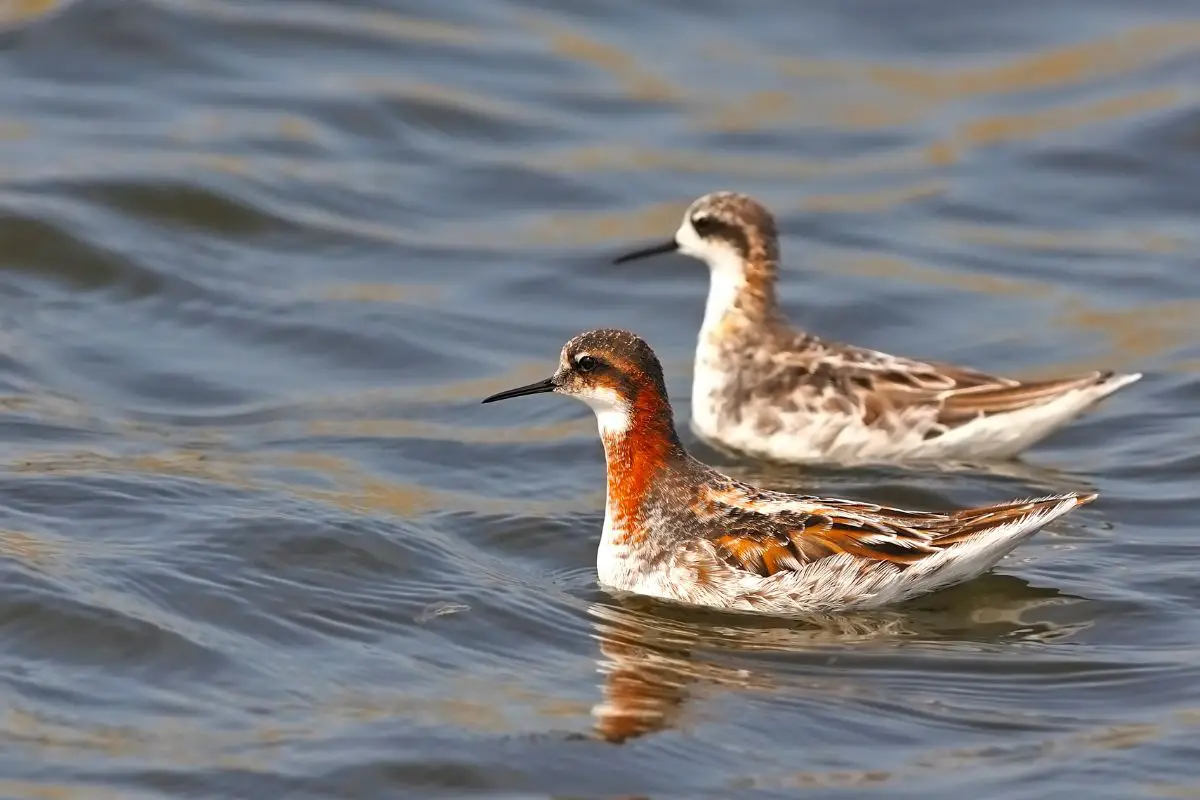
The phalarope is a beautiful bird that has very similar coloring to the heron in some ways, but distinctive red feathering in other areas. The phalarope is also much smaller than the heron, and is approximately only half a foot in length, two feet in height, and has a wingspan that barely meets one foot. However, like the heron, it does like its shallow water, seafood, and enjoys insects for foods.
The phalarope populates in North America, and also in Europe and Asia. Although it likes shallow waters, it prefers the more tropical areas of the world. Its coloring is largely different than the heron, but it does have the straight and pointy beak of the heron.
10. The sandpiper is small but mighty in sound with very little flight in its life
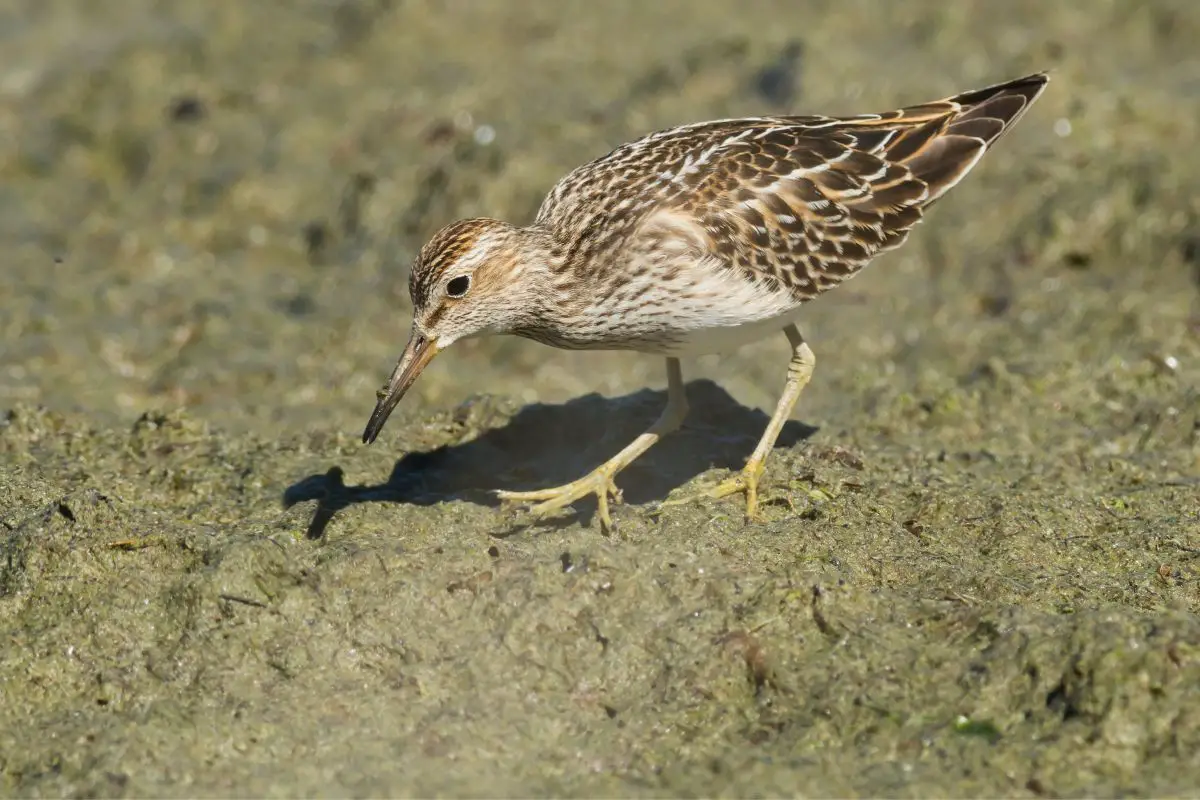
The sandpiper is smaller than the heron, but a wader that is frequently compared to the heron. The sandpiper is approximately one foot long and tall, and a wingspan just as tiny. Like the heron however, the sandpiper can have darker coloring that is grey on occasion.
Unlike the heron, the sandpiper is a wader, but can spend just as much time on the land as it does wading around in shallow waters. It is a simple life for the sandpiper, and this is what enables them to have a lifespan that can be as long as 12 years. They like to eat insects and seafood, but will find anything they can on land or on sea.
Its nesting is low to the ground, as this is not a bird that flies much.
11. The magellanic snipe is a bird that could fool you in its size and might
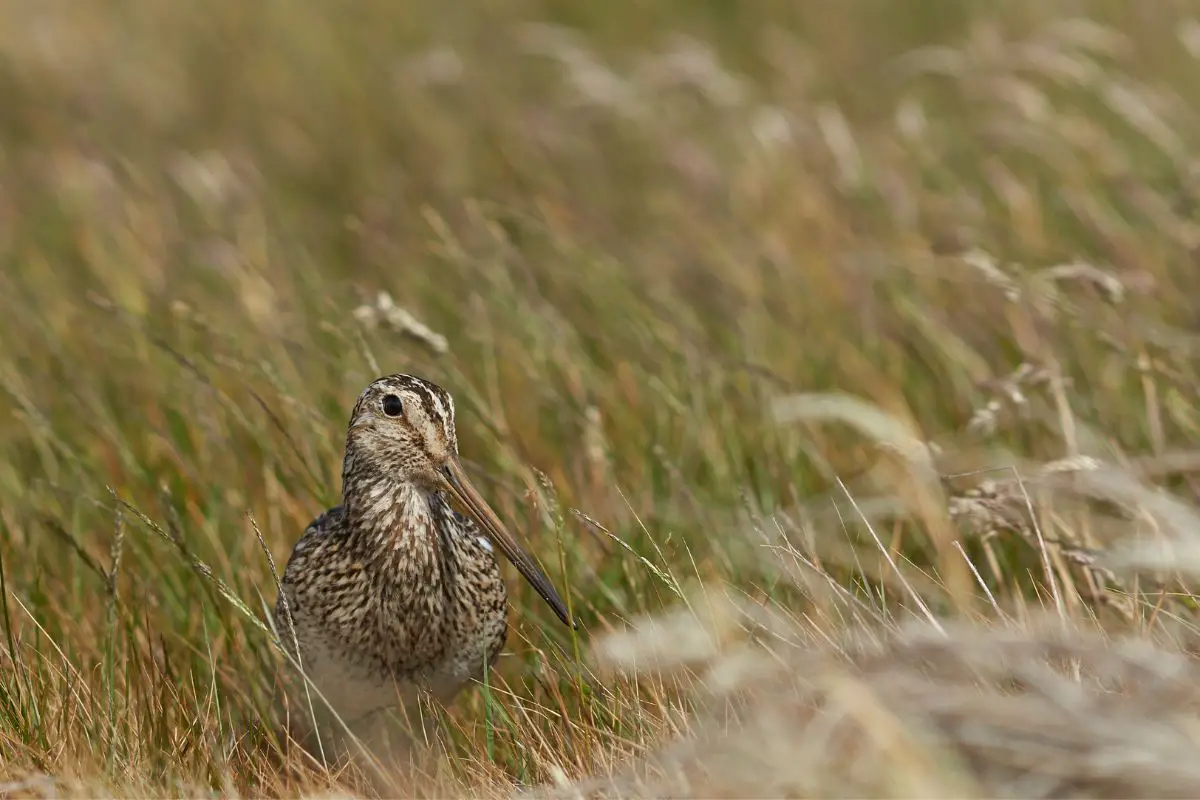
The snipe is a bird that has a long lifespan of up to 18 years, and it loves the water more than many other waders. It is a deep diving bird that loves to fly as well, which is one way that it differs from the heron. The heron likes to fly, but it is largely a sea-sitter and walker, whereas the snipe will fly in circles during courtship, and perform deep sea dives for food.
The habitat of the snipe is in wetlands or savannah, and this is a bird that flies south for the winter. It is much smaller than the heron being just under one foot in length with a wingspan of up to two feet and a body weight that does not exceed more than one or two pounds.
12. The redshank is a tiny wader with a big voice that looks similar to herons
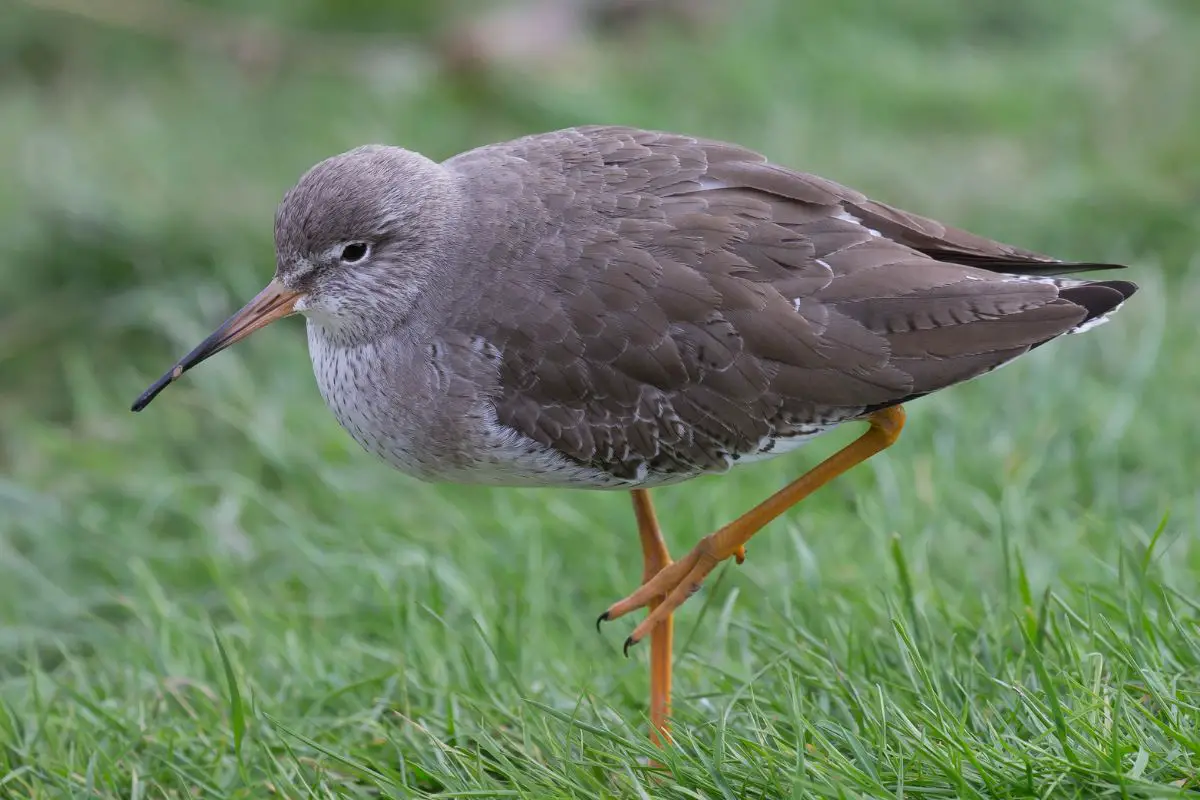
Where the heron has a majestic call in the night, the redshank has a sound that is creaky and whistle-like in nature. It has two different calls, one for food and mating, and another for alarm bells. The redshank is a small wader as well, that is barely half a pound in size, and one foot in length and height.
Its wingspan can reach two feet in width, and it has a lifespan can be as high as four years. The redshank is very similar in coloring to the heron sometimes, but it also has a seasonal coloring that can pale in the winter and darken in the summer and spring months for camouflage purposes. Unlike the heron, the redshank has a moulting process during warmer months that contribute to its seasonal look.
The diet is largely insects, but it does like wading for small water invertebrates.
13. The avocet has round features and loves to swim more than many waders
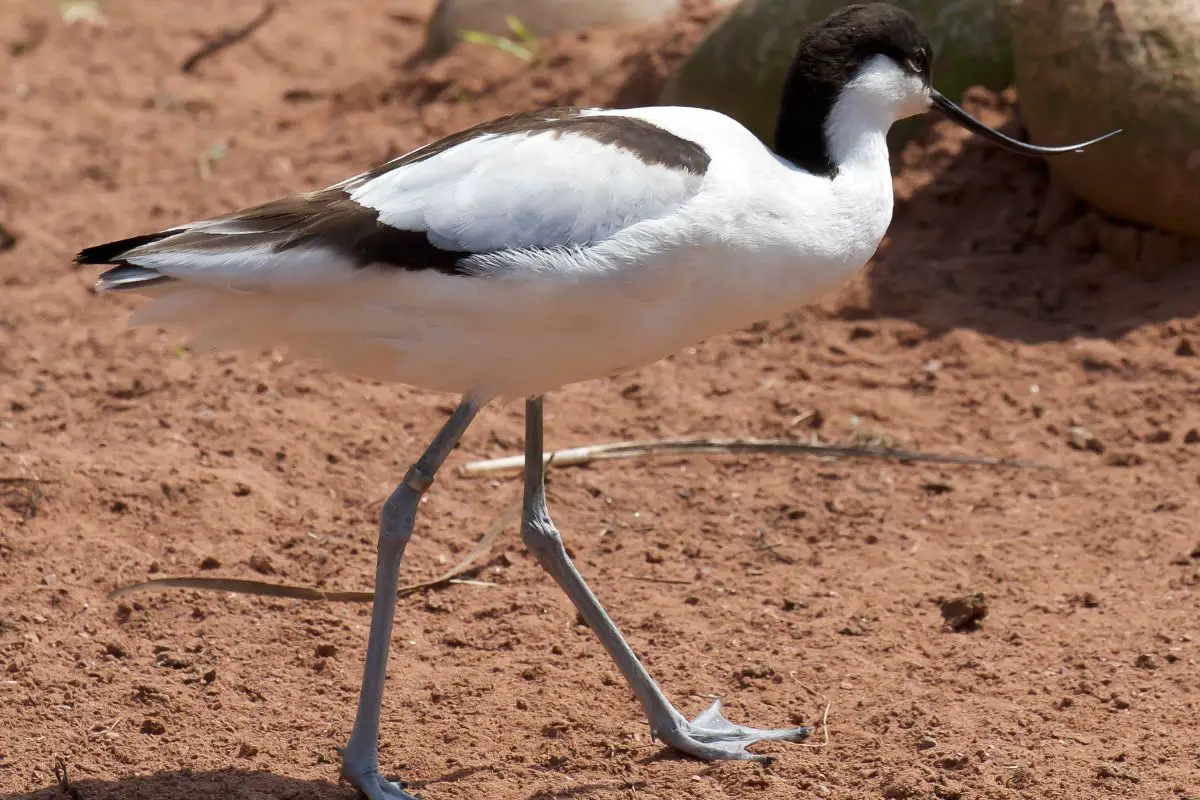
The avocet is a fascinating bird that almost can’t decide between land or sea. It enjoys swimming and lapping around in shallow waters and wetlands, and it has long legs that allow it to walk and almost dance through the waters it is wading in. During a lifespan of approximately nine years, the avocet feeds off of insects and small seafood such as water bugs or fairy shrimp.
It will also eat some small fish if it can find them. Like the heron, the avocet has long legs for wading but unlike the heron, its bill is curved and turns up a little bit. It can be as long as two feet in length with a three foot wingspan, and it weighs up to one pound.
This is a bird that also nests in colonies, and does not enjoy solitude too much.
14. The size of the long-toed stint is not found in its name
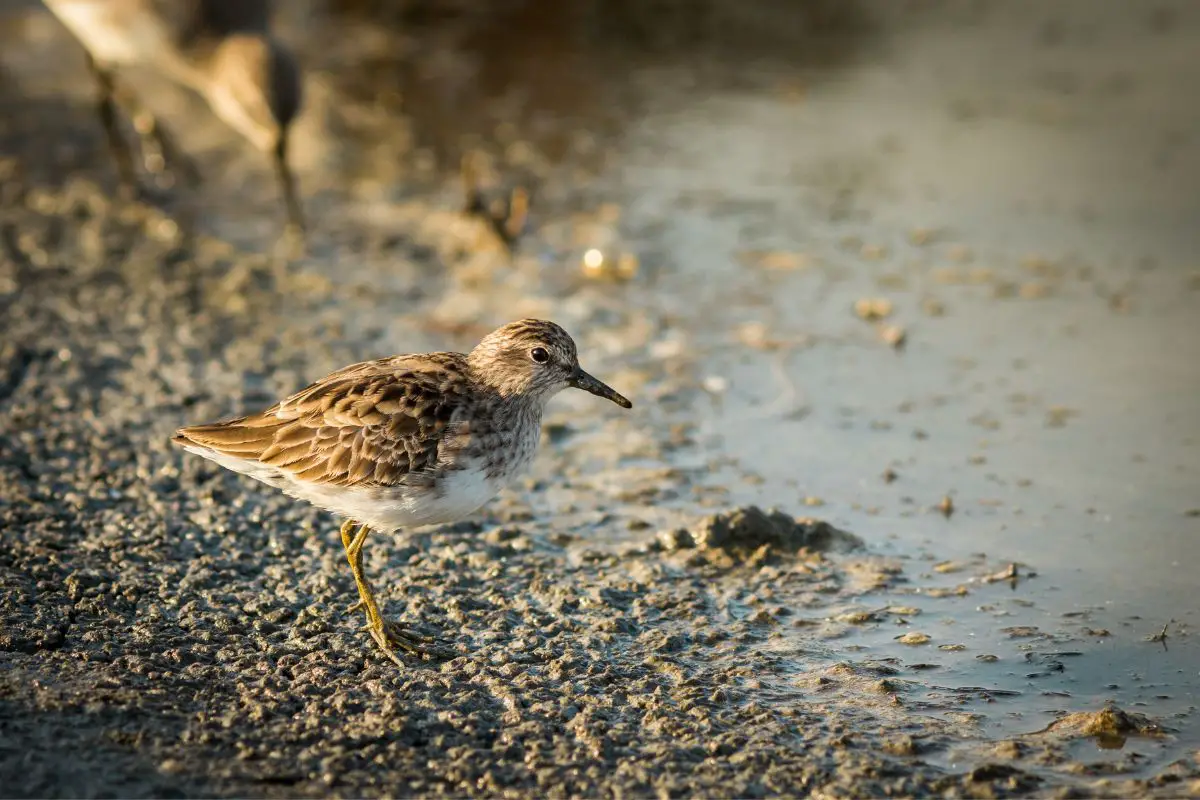
The long-toed stint is a wader whose size can not be found in its name. This is a bird that is unlike the heron when it comes to the feet, but like the heron it has long legs that help it to wade. The stint gets its name from its long middle toe on its feet, that help it to remain stable in various kinds of wetlands.
The stint is grey in color like the heron, but much, much smaller. Its beak however is as pointy, but shorter in size. Overall, this is one of the smallest waders, that measures up to half a foot long and has a wingspan of over one foot, and it weighs at approximately one half a pound. When in the right habitat, which is shallow wetlands, it can live as long as 10 years and it feeds primarily off of sea insects and sometimes some land bugs it catches with its pointy bill and beak.
15. The limpkin is a medium sized wading bird with a very distinct cry
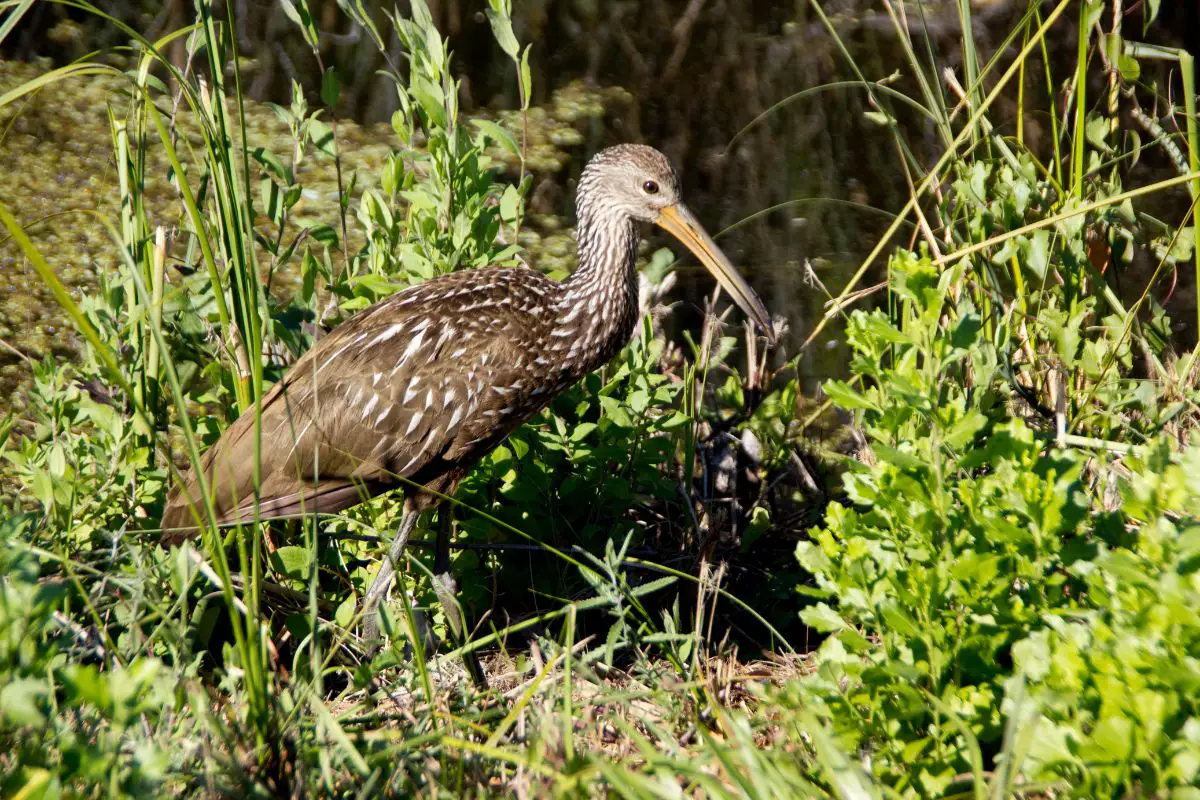
The limpkin is very much like the heron in every area but size, and it has a distinct cry that rings through the stillness of any air, much like the heron. This wader loves the wetlands, and prefers warmer climates like Florida and Argentina. Its diet is largely seafood, with a preference for molluscs and sea snails.
This bird is larger than many waders, but smaller than the heron, being two feet in length and with a wingspan that reaches up to four feet. It can weigh up to three pounds, and has a lifespan that can go as high as 5 years, a little shorter in length than the heron.



